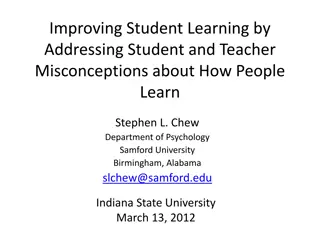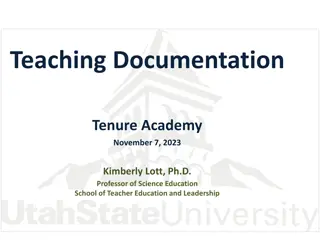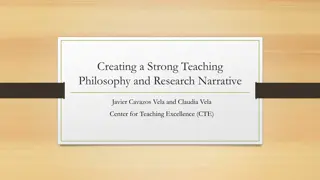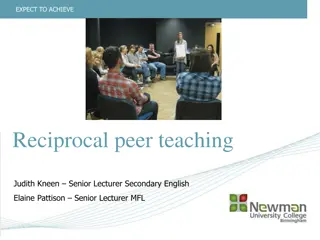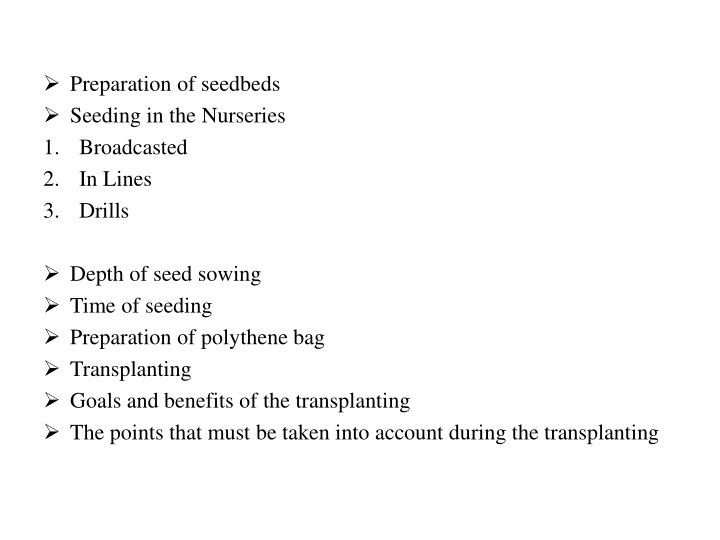
Seedbed Preparation and Nursery Seeding Methods for Successful Plant Growth
Learn about the importance of preparing seedbeds and various methods of seeding in nurseries for optimal plant germination and growth. Explore the benefits of broadcast seeding, line sowing, and the challenges associated with each method. Discover tips for successful transplanting and ensuring healthy seedlings.
Download Presentation

Please find below an Image/Link to download the presentation.
The content on the website is provided AS IS for your information and personal use only. It may not be sold, licensed, or shared on other websites without obtaining consent from the author. If you encounter any issues during the download, it is possible that the publisher has removed the file from their server.
You are allowed to download the files provided on this website for personal or commercial use, subject to the condition that they are used lawfully. All files are the property of their respective owners.
The content on the website is provided AS IS for your information and personal use only. It may not be sold, licensed, or shared on other websites without obtaining consent from the author.
E N D
Presentation Transcript
Preparation of seedbeds Seeding in the Nurseries 1. Broadcasted 2. In Lines 3. Drills Depth of seed sowing Time of seeding Preparation of polythene bag Transplanting Goals and benefits of the transplanting The points that must be taken into account during the transplanting
Preparation of seedbeds Beds meant for germination of seeds are called as seed or germination or mother beds or seed flats. They help to maintain the germinated seeds for certain period. As these germinated seedlings are to be transferred to another bed or containers for further growth, the rooting medium should facilitate easy lifting (without any damage to roots). The desirable size of the nursery bed may be 1 X 10 m. 2/26/2025 Preparation of seedbeds 2
Seeding in the Nurseries Usually there are three methods of seed sowing in nursery beds are adopted: 1. Broadcast 2. In Lines 3. Dibbling 2/26/2025 Preparation of seedbeds 3
1. Broadcast seeding In broadcast seeding, the small seeds such as Eucalyptus and Casuarina are sown. The seeds should not be sown verydense because it results in: Poor germination Greater mortality Weak stock Difficulty in weeding 2/26/2025 Preparation of seedbeds 4
The small seeds are mixed with sand, ash or fine soil twice or three times of seeds size to facilitate the uniform distribution of the seeds. After sowing, the area is leveled to cover the seeds. 2/26/2025 Preparation of seedbeds 5
Advantages of the method The area is covered soon Getting a lot of seedlings in small area Requires preparation of whole area and large quantity of seed which is needed. 2/26/2025 Preparation of seedbeds 6
Disadvantages Practiced only for small size seeds. Not getting to good seedlings because the seedlings competing each other to get (sunlight, humidity, air, nutrients, etc.) 2/26/2025 Preparation of seedbeds 7
2. Line sowing:(Drill seeding) Line sowing is generally considered good method of seeding and can be practiced for small and large size seeds. Seeds should be sown in lines running across the width of the bed. The spacing of seeds in drills (Line) depends upon species and size of the plants. Spacing of drills varies from 8 cm to 25 cm. 2/26/2025 Preparation of seedbeds 8
Advantages Can be practiced for small and large size seeds. The cost of soil preparation and quantity of seed required in line sowing is comparatively less than broadcast sowing. Getting good seedlings because the seedlings not competing each other. 2/26/2025 Preparation of seedbeds 9
Disadvantage Getting of seedlings is little compared to broadcast sowing. 2/26/2025 Preparation of seedbeds 10
3. Dibbling Large size seeds can easily be dibbled. Dibbling refers to sowing of seeds in shallow holes at definite intervals. It is the good method as both spacing and depth are controlled at the time of sowing. Although; it is difficult to practice on large scale. Seeds of Acacia, Quercus and Juglans are sown by this method. 2/26/2025 Preparation of seedbeds 11
Depth of seed sowing Sowing depth is generally twice the diameter of the seed. For example, Seed with a diameter of (3 cm) is sown at a depth of (6 cm). If seed is sown too deep the food reserves in the seed may be depleted before the seedling has formed green leaves for its nourishment. Similarly, the seeds should not be left on the surface of the bed because the seeds may be eating by birds and insects or drying by sun ray. 2/26/2025 Preparation of seedbeds 12
Time of seeding The time of seeding depends on many factors such as: Ripening of seed Stage of dormancy Rate of species growth The size of plants required at the time of planting Time of sowing in different tree species varies and most of them are coinciding with the period January to March. 2/26/2025 Preparation of seedbeds 13
Preparation of polythene bag Polythene bags are available in different size and thickness. Selection of polythene bag gauge and their size are depending upon: The period for which the seedlings are to be grown The size of seedling or seedling growth The polythene bags should have two small holes to allow drainage. Bags filled are to be arranged in beds each having the capacity of 1000 numbers (10 X100 lines). 2/26/2025 Preparation of seedbeds 14
Transplanting Transplanting is a transfer of seedlings from seedbeds places to wider places as seedbeds transplanting or pots of different kinds. Preferable time varies from species to species and it generally starts after first week of germination and lasts up to one month. At the time of transplanting the seedlings should be held with the thumb and forefinger below the first pair of leaves and pulled up from the germination beds. 2/26/2025 Preparation of seedbeds 16
The polythene bags should well be watered before picking the seedlings and transplanting should be done in holes made by inserting small wooden stick to a depth longer than the taproot of the seedling. The seedlings should be planted without any bend. Hole must be filled with soil and pressed firmly on all sides. 2/26/2025 Preparation of seedbeds 17
The most important goals and benefits of the transplanting Reduction of overcrowding and competition between them in the seedbeds to get food and light and humidity The production of good seedlings Development of the root of the seedlings Composition of the balance between stem and roots 2/26/2025 Preparation of seedbeds 18
The most important points that must be taken into account during the transplanting 1. Take care to not cut or injured roots of seedlings. 2. Do not leave seedlings especially the roots that exposed to air currents and the sun. 3. Seedlings are planted immediately after extraction in moist areas. 4. Do not leave roots of seedlings in dry and should be the roots moist during the process of transplanting. 2/26/2025 Preparation of seedbeds 19
5. Irrigate the container or plastic bags immediately after transplanting. 6. Transplanting in Deciduous should be before the conifers, because in deciduous; start the composition of branches in the spring before the conifers. 7. Do not do the process of transplanting in hot weather and should be left the process in the high temperatures and also when the wind picks up. 2/26/2025 Preparation of seedbeds 20











